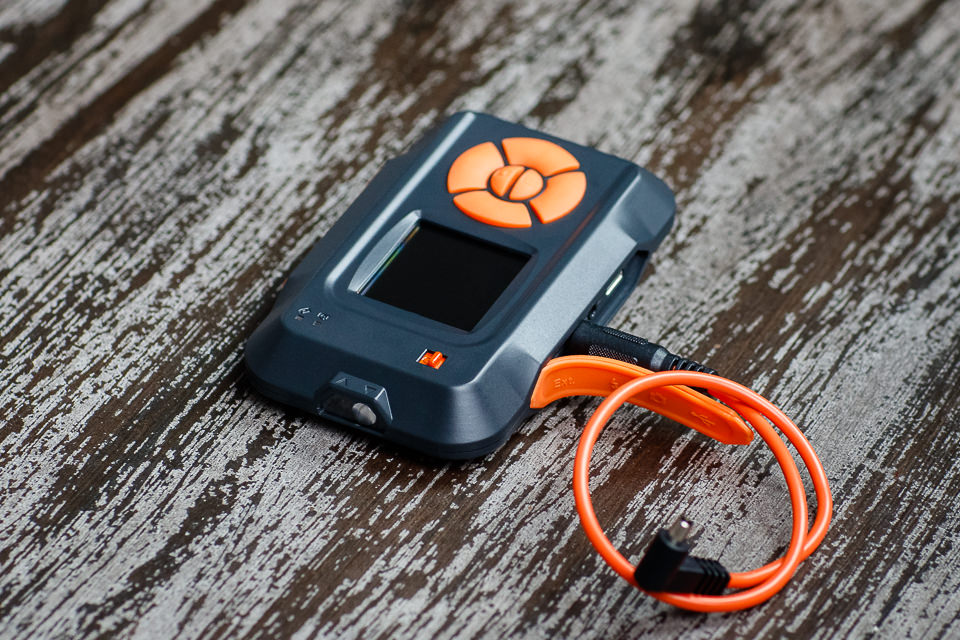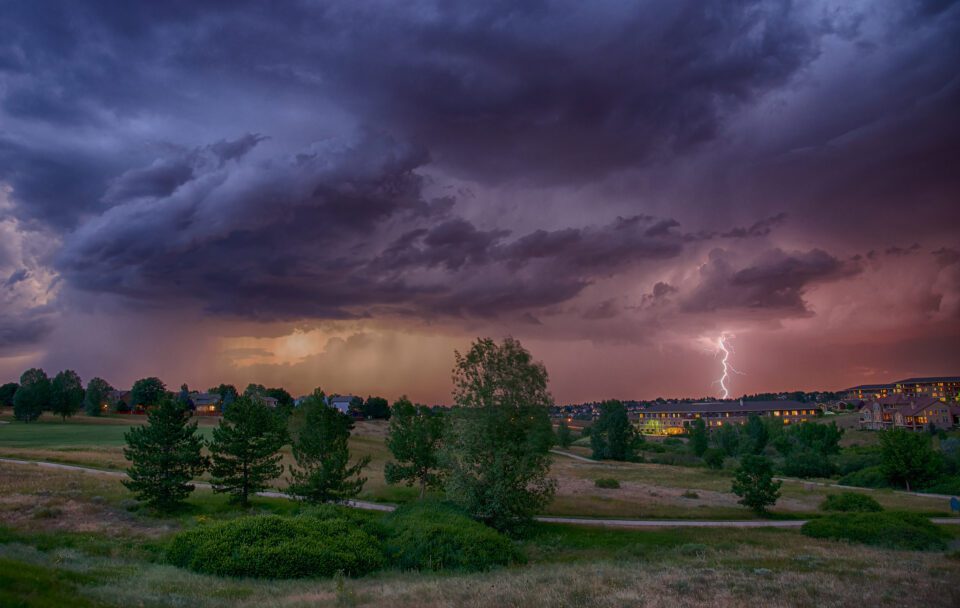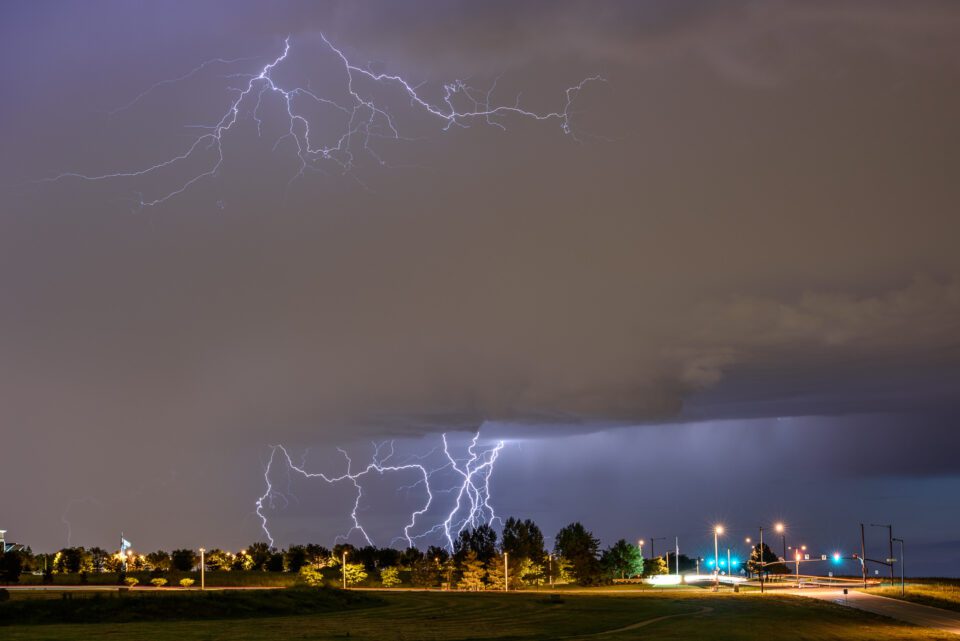During our trip to Turkey, Lola and I had a chance to briefly meet with my Turkish friends from MIOPS.com, the talent behind MIOPS Smart Trigger and Nero Trigger (see our detailed review of Nero Trigger). MIOPS is a small business that operates out of Turkey, with an exceptionally knowledgeable team of software and hardware engineers. I first met the MIOPS team at the Photo Plus Expo in New York back in 2013 and since then we have become good friends. So when they found out that Lola and I were flying out to Istanbul, they invited both of us to their corporate office for a tour of their production facilities. Since I had a couple of cameras with me during the trip, I requested to record an interview with the team in order to introduce both the product and the talented team behind the product to our readers. In this article, I would like to share the recorded interview with our readers and provide some information on the MIOPS Smart Trigger. If you have never heard of this little device, I would definitely encourage you to read on, since this little gadget might get your creative juices flowing with all kinds of new photography ideas.

Let’s take a look at the MIOPS Smart Trigger in more detail.
What is MIOPS Smart Trigger?
In a nutshell, MIOPS Smart Trigger is a multi-function accessory that can be used to trigger both your camera and a flash unit when a specific event such as a lightning takes place. It has several sensors and inputs to feed data into the device, so it is capable of monitoring light, sound and even laser events. Thanks to its ability to adjust different sensitivity levels, along with the ability to delay action, one can use the tool for all kinds of creative photography – from capturing lightnings to doing high-speed photography. If you have seen those epic photos with bullets piercing through objects, or water droplets making exquisite shapes upon impact, those were probably captured with a similar device, since everything has to be timed perfectly – something the MIOPS Smart Trigger is capable of doing. Those who have previously experimented with high-speed photography involving object collisions know how hard it can be to time things right, especially when doing everything manually by hand. So when the MIOPS engineering team embarked on the project to create the ultimate camera and flash trigger, they knew that they had to create a solid all-in-one solution, built on real user feedback. After integrating multiple sensors, a bluetooth chip for remote control, an intervalometer and a few other user-upgradeable software capabilities, the MIOPS Smart Trigger was born.
The MIOPS Smart Trigger is the current and the most recent version of the device. Before that you might have heard of the Nero Trigger, which had some of the functionality of the MIOPS, but lacked the ability to be controlled remotely, or be setup for different scenarios. Tom Redd from our team reviewed the Nero Trigger and loved the results he was getting for capturing stunning lightning shots, right from his backyard:
However, with rather nasty and rainy weather that typically accompanies epic storms, the inability to just leave the camera in a spot and control the capture process remotely was one of the major pitfalls of the Nero Trigger. MIOPS fully addressed that problem, so now you can avoid getting soaked and sit in the comfort of your home or your car, while the trigger will do the job. All you have to have is install an app on an Android or an iOS device and after the device is synced up via bluetooth (which literally takes a few seconds), you will be able to run through all the commands remotely.
The device can sit on the hotshoe socket of your camera and in order to trigger your camera, it needs to be connected through a cable, which is compatible with the accessory input of your camera.

This means that your camera must have this accessory port, or the device won’t be able to communicate with your camera. To see a list of compatible cameras, please visit this page. Fortunately, most cameras out there, including many entry-level cameras from Nikon, Canon, Sony, Pentax, Fuji, Olympus, Panasonic and other manufacturers are fully compatible – you just need to get the right cable for the unit.
Once the unit is connected, you are ready to go! If you want to connect to an external speedlight for high-speed photography, you can use a male mini to PC Sync cable and connect it through the side socket of the MIOPS unit. The MIOPS is capable of triggering both your camera and an external flash unit at the same time!
If you shoot landscapes and want to capture lightnings, the MIOPS Smart Trigger has a light sensor on the front of the unit, as shown below:

All you have to do is set the sensitivity level and point the device towards the lightning. The moment the light levels change, the MIOPS will trigger your camera – it is as simple as that. Here is a double lightning shot I was able to capture last year with the MIOPS, connected to my Nikon D810:
If I did not have the MIOPS with me, I would have to stand there with my camera while it was raining. I captured the above shot while sitting in my car, which was very nice! Thanks to a long exposure, I was able to capture multiple lightning events in the scene – one that was happening at lower altitudes and one that took place higher in the clouds. The nice thing is, once the camera is connected, you can use a mode like “Press & Hold”, which once you set your camera to Bulb mode, will allow you to control the shutter speed of your camera manually.
If you are in love with timelapses, you can use the MIOPS Smart Trigger for shooting timelapse sequences as well. You can set your Interval, Exposure and Limit parameters and let the device take over from there. Again, you have the capability to control the sequence remotely, which is very nice, since you do not have to constantly stand with your camera. Here is a timelapse I was able to capture with the MIOPS Smart Trigger earlier this year:
I am not a timelapse expert by any means, so the video probably looks rather boring (in fact, this was my first attempt at shooting a timelapse). Next time I am out in the field, I am hoping to bring along a slider to capture some movement. This is one area that I have not explored much yet.
Interview with Emir Bayraktar
And below is the promised interview with Emir Bayraktar, one of the managing partners of MIOPS. It was a pretty rushed interview before our dinner and I did not have another camera to capture myself while I was asking questions, so I apologize for that. In all honesty, I was pretty jet-lagged from a 13+ hour flight and did not feel like appearing in front of the camera anyway :)
I shot the interview with a set of Sony A6300 cameras, using Sony 35mm and 50mm prime lenses. The camera is amazing at capturing video (it can shoot 4K video and up to 120 fps in 1080p) and there is finally a microphone input, but Sony strangely omitted the headphone jack, which makes me wonder what they were thinking. The lenses for the A6300 were rather disappointing to shoot with, but we will leave that to the upcoming review of the A6300, which I will hopefully be working on soon.
The post Introduction to MIOPS Smart Trigger appeared first on Photography Life.
from Photography Life https://photographylife.com/introduction-to-miops-smart-trigger


No comments:
Post a Comment